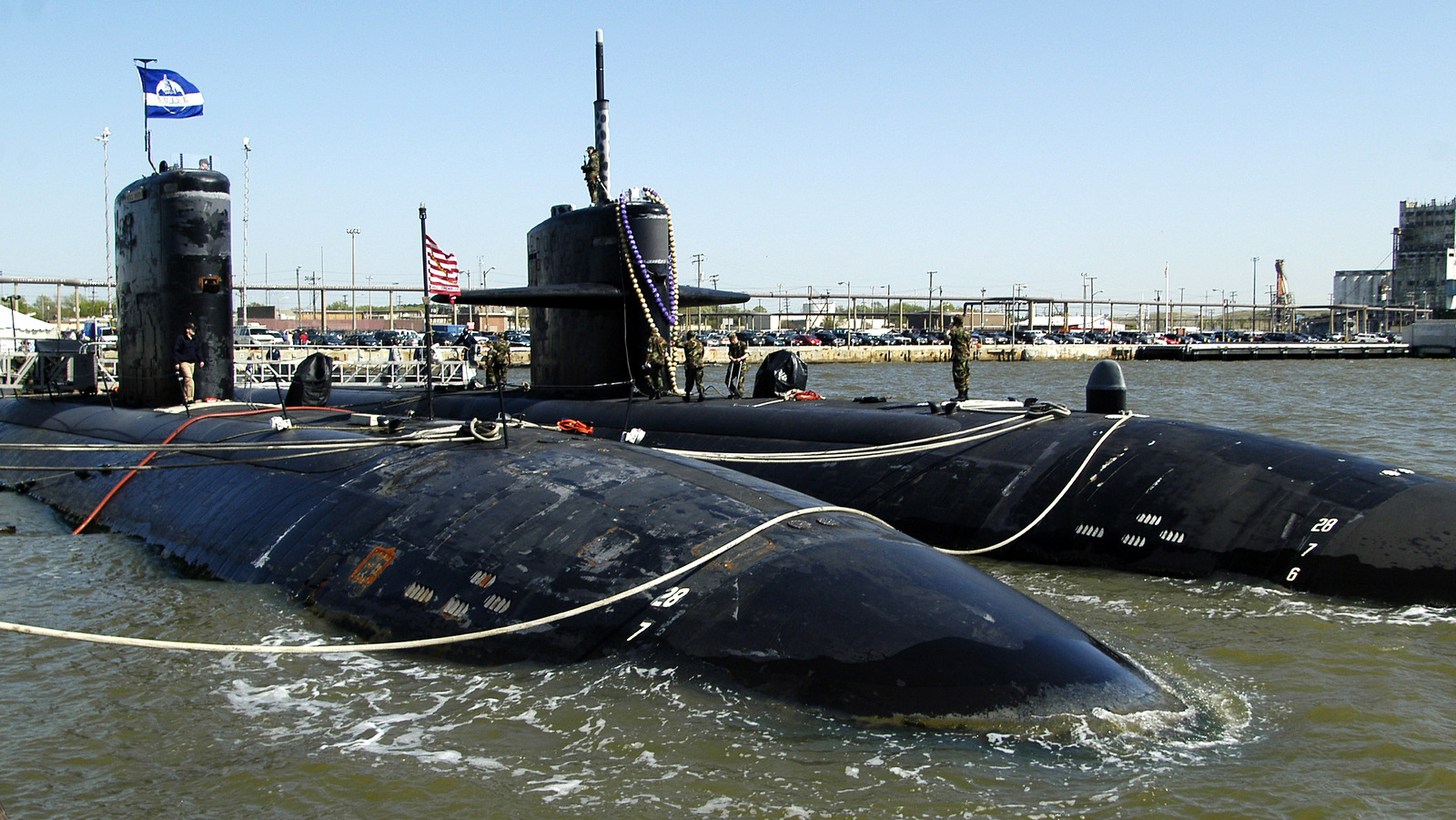
Development of the Type 091 (or Han class) began during Chinese Chairman Mao’s rule in the late 1950s, although the first was not scheduled for launch for more than two decades. It was intended as a nuclear attack that could rival China’s Cold War-era counterparts in the Soviet Union and the West. However, it was questionable whether it could equal them technologically at the time. In particular, it has struggled to meet the same standards of thermal performance and, most importantly, sound reduction, since sonar detection is the greatest threat to submarine security.
However, on paper the Type 091 was an impressive 98m long, 10m diameter and a top speed of 25 knots. Its pressurized water reactor was a triumph of Chinese engineering at the time, and advanced equipment for sonar, reconnaissance and sound detection was developed without any help from Western sources. To the aging Mao, it must have felt like a great swansong and a show-off of China’s emerging status as a world power.
Five Model 091s were built, of which three are still in active use. These aircraft can launch various torpedoes (including NATO variants such as standard used Chinese calibers) and surface-launched anti-ship cruise missiles, which have a range of 42 km and a maximum speed of Mach 0.9. Despite their upgrades, these ships have reportedly required work to fix the radiation leak and are still quite noisy, according to the US Office of Naval Intelligence.
[Featured image via Wikimedia Commons | Cropped and scaled | Public domain]
ليست هناك تعليقات:
إرسال تعليق